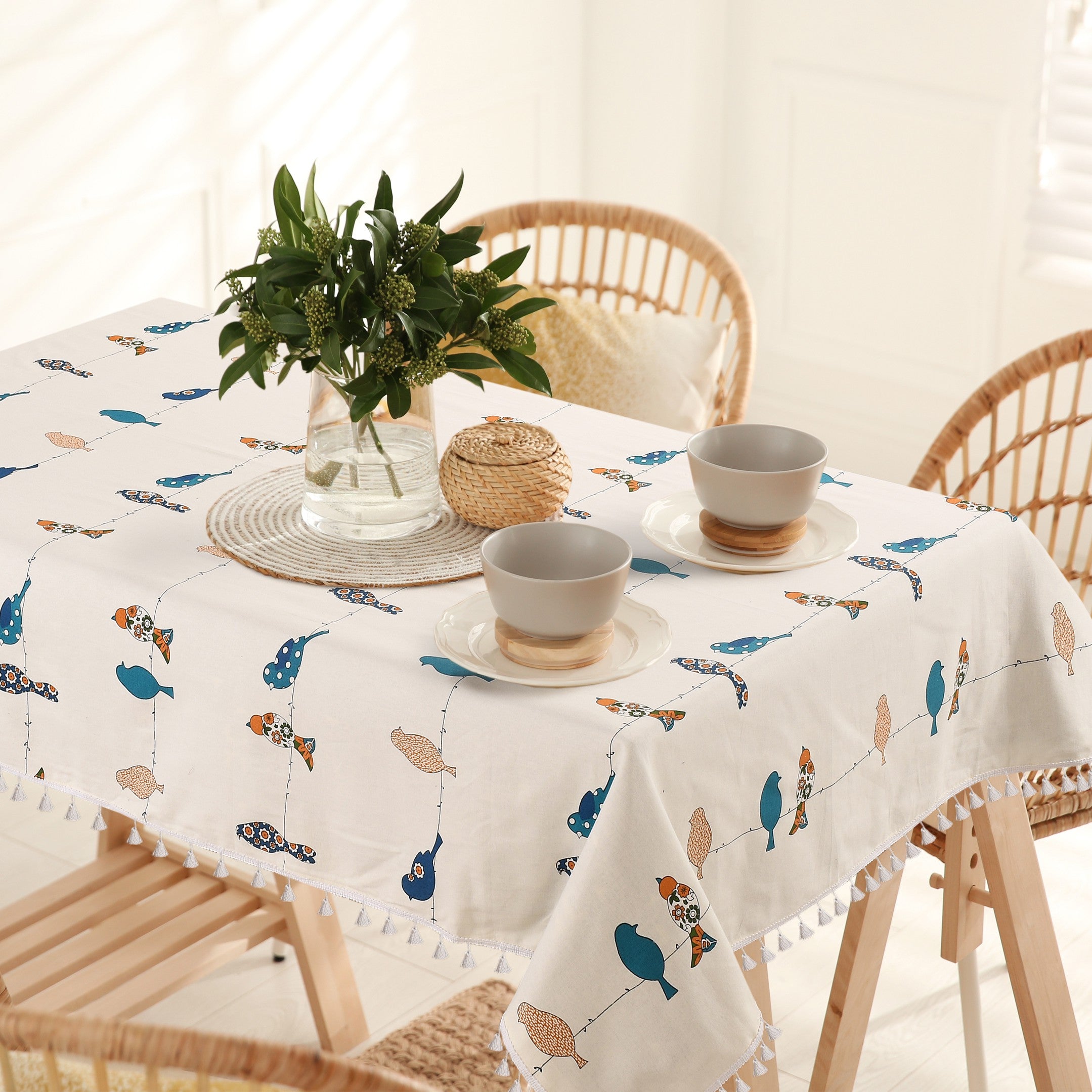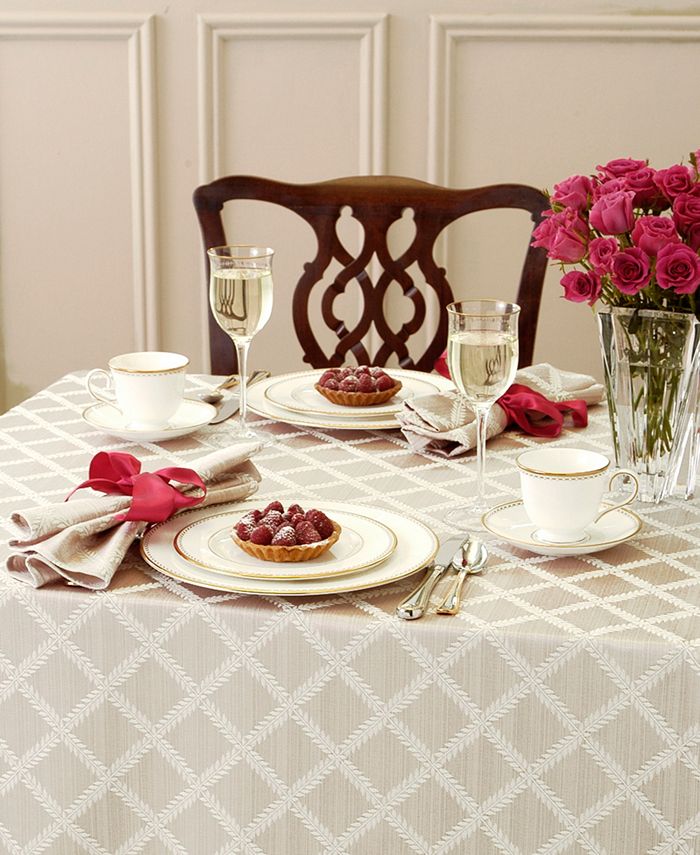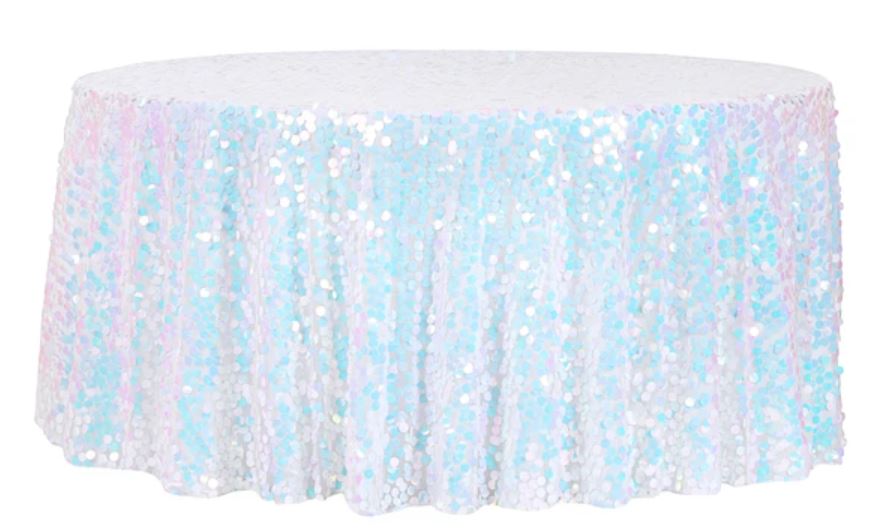Do It Yourself Table Runner Projects: Custom-made Layouts for Your Home
Do It Yourself Table Runner Projects: Custom-made Layouts for Your Home
Blog Article
Linen Material Developments: Checking Out Modern Trends and Creative Applications in Layout and Textile Industry
From sustainable manufacturing methods to sophisticated weaving innovations, the evolution of bed linen is improving the landscape of the fabric sector. As we dive into the realms of innovative style applications and the appearance of bed linen blends and crossbreed fabrics, a new chapter unfolds in which bed linen's role in future fabric advancements takes center phase.
Sustainable Practices in Bed Linen Manufacturing
Sustainable practices in bed linen manufacturing have come to be increasingly critical in the textile market's initiatives to lessen environmental impact and promote ethical sourcing techniques. Bed linen, an all-natural fiber stemmed from the flax plant, supplies a series of benefits such as durability, breathability, and biodegradability. Nevertheless, typical methods of linen manufacturing can include significant water usage, pesticide use, and energy-intensive procedures.
To resolve these obstacles, numerous textile producers are embracing lasting practices throughout the linen production procedure. This includes sourcing flax from organic farms that prevent hazardous pesticides and chemicals, executing water-efficient retting strategies to extract fibers from the flax stalks, and making use of environment-friendly dyes and coatings. Additionally, some business are investing in renewable resource sources to power their production facilities and lowering waste with recycling and upcycling initiatives.
Technical Improvements in Bed Linen Weaving
With the growing focus on lasting practices in bed linen production, the fabric market is now observing a surge in technological developments specifically targeted at transforming the art of linen weaving. These technologies are reshaping the method linen materials are created, using enhanced effectiveness, quality, and imagination in weaving techniques.
One of the essential technological developments in linen weaving is the combination of electronic looms. These innovative looms are furnished with software that permits complex and complicated styles to be woven with precision. By digitizing the weaving procedure, makers can achieve better consistency and accuracy in their linen textiles.
Furthermore, improvements in thread spinning technology have allowed the production of finer and more long lasting linen yarns - table cloths. This causes softer and smoother linen textiles that retain their high quality also after multiple usages and cleans
Furthermore, the growth of environmentally friendly dyeing procedures and coatings for linen fabrics is getting traction. These sustainable practices not just reduce the ecological effect however additionally deal with the boosting customer need for morally produced fabrics.
Creative Design Applications for Linen
Innovative imaginative techniques are progressively shaping the innovative design applications for bed linen in the textile sector. Linen's natural aesthetic appeal and capacity to blend with various other materials make it a favorite selection for producing special garments and devices that provide to the environmentally aware consumer.
Moreover, developers are exploring with bed linen in home decor, using its breathable and durable nature to craft stylish furnishings such as drapes, bed linens, and furniture. The appearance and drape of bed linen bring a feeling of class and comfort to indoor rooms, including a touch of beauty to modern homes.

Bed Linen Blends and Crossbreed Fabrics

Hybrid materials, on the other hand, take the concept of mixing a step better by including extra elements such as metal threads, recycled materials, or conductive fibers. These cutting-edge textiles not only increase the design opportunities yet also introduce useful elements like conductivity, antimicrobial residential or commercial properties, or boosted toughness. Hybrid materials are increasingly being made use of in different markets, including style, interior decoration, and technical fabrics, where the need for multifunctional products gets on the rise.
Linen's Function in Future Textile Innovations

In the world of future textile innovations, linen is anticipated to be a crucial gamer in the development of advanced functional fabrics. flat sheet Researchers and developers are discovering means to improve bed linen's inherent top qualities via technical advancements, such as including clever fabrics, nanotechnology, and efficiency finishes. These developments intend to elevate bed linen's efficiency characteristics, making it appropriate for a more comprehensive series of applications, from activewear to protective clothes.
Moreover, the combination of linen with various other natural or artificial fibers opens limitless possibilities for producing novel fabrics with one-of-a-kind buildings and capabilities. By leveraging linen's characteristics and checking out ingenious blends, the fabric market is poised to introduce amazing advancements that satisfy evolving customer requirements and sustainability requirements.
Conclusion
To conclude, the exploration of lasting practices, technological improvements, creative design applications, bed linen blends, and its role in future fabric developments highlight the continual evolution of bed linen fabric in the contemporary design and textile market. With a concentrate on advancement and imagination, the flexibility and environment-friendly nature of bed linen make it an important product for manufacturers and developers alike, paving the means for further growths and advancements in the field of textiles.
As we dig right into the worlds of imaginative design applications and the development of linen blends and crossbreed fabrics, a brand-new chapter unravels in which linen's function in future fabric developments takes facility phase.
Checking out the combination of bed linen with various other fabrics has actually Full Report led to the development of innovative blends and crossbreed textiles in the modern fabric industry. Bed linen blends use an unique combination of the features of bed linen with those of various other fibers, resulting in textiles that possess enhanced homes such as increased durability, enhanced draping, and lowered wrinkling.The development of linen blends and hybrid fabrics has actually established the phase for Linen to play a pivotal duty in driving future textile innovations.In the world of future textile advancements, linen is expected to be a key player in the development of advanced useful fabrics.
Report this page